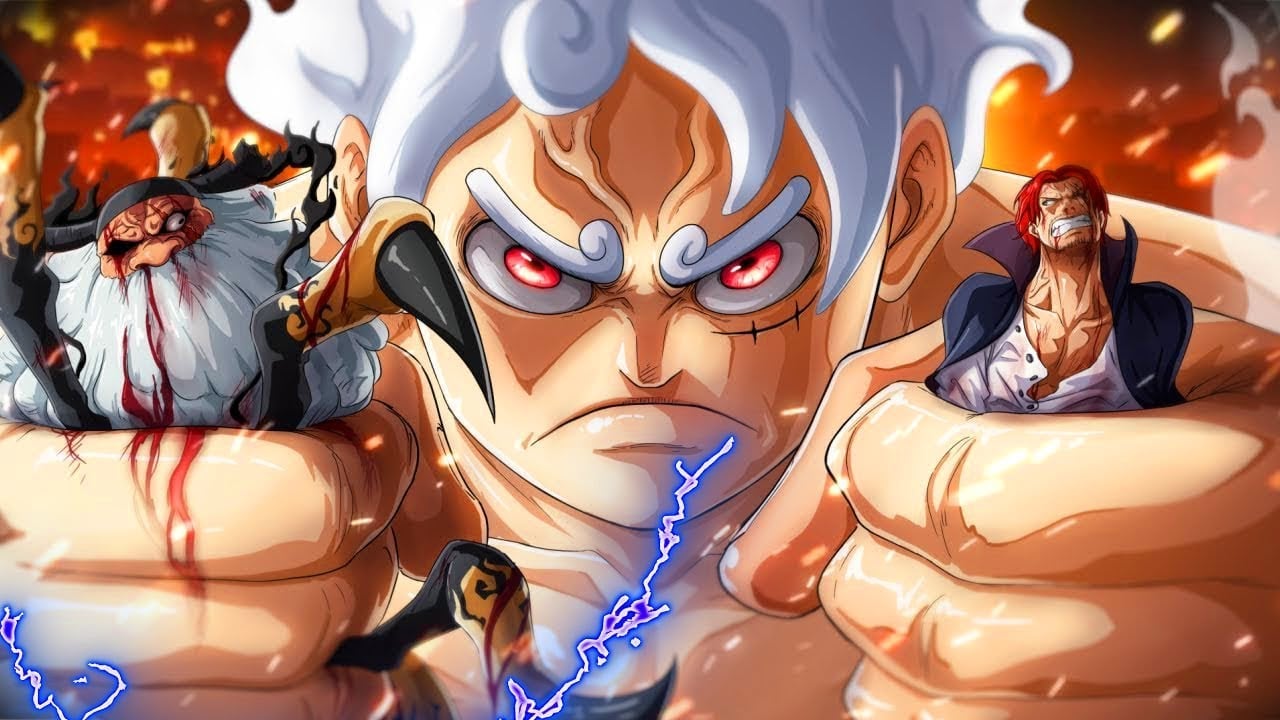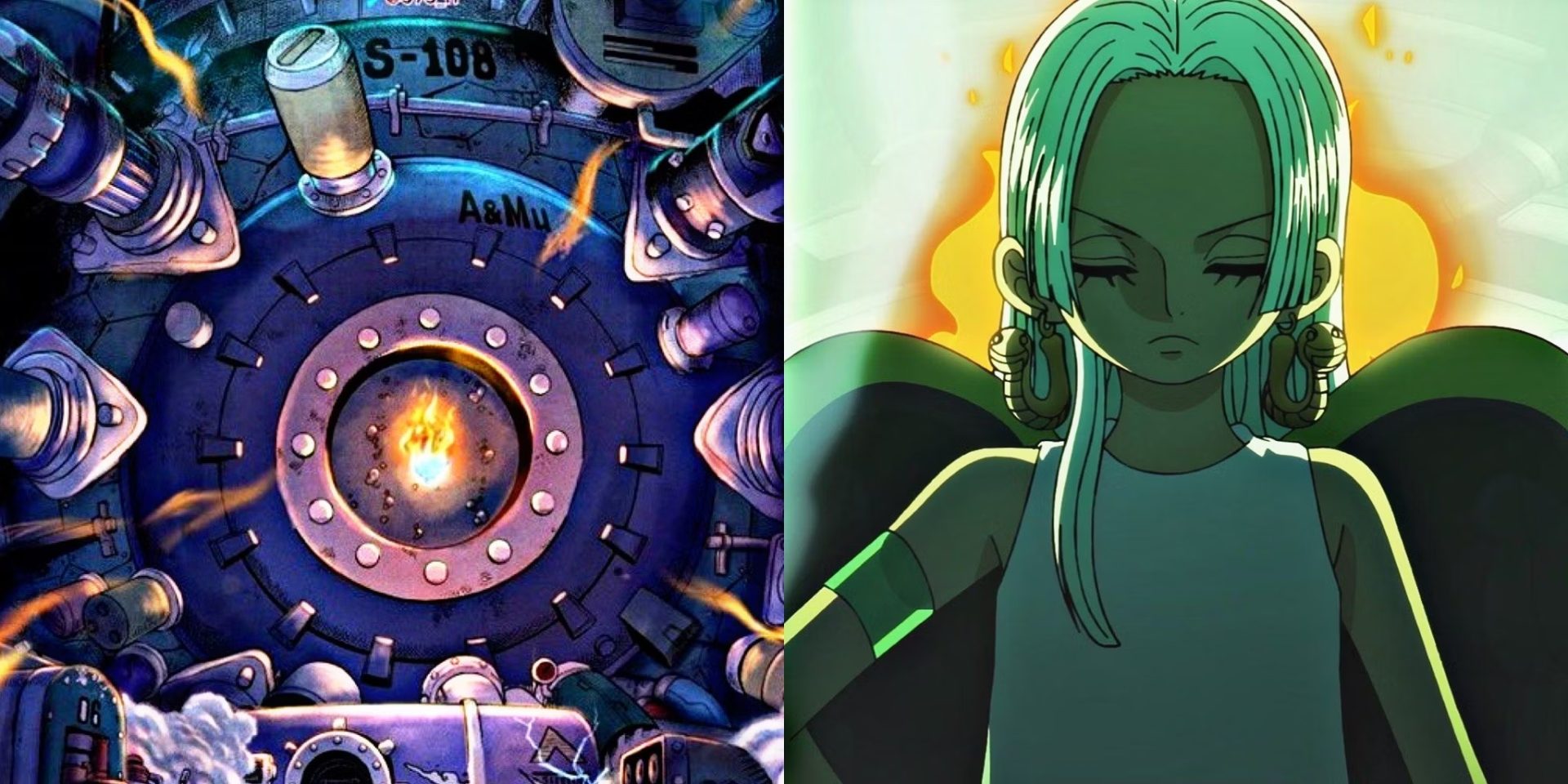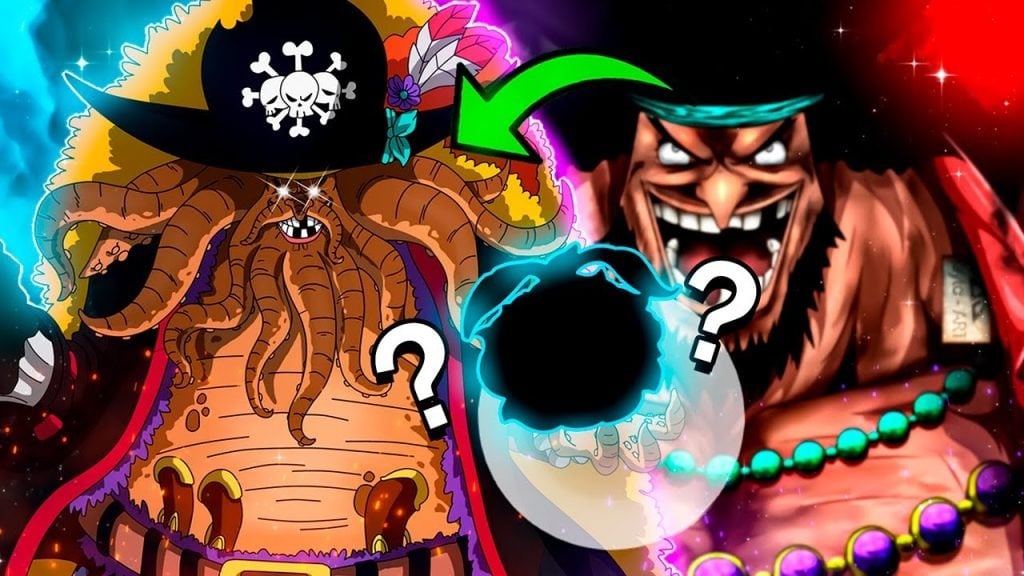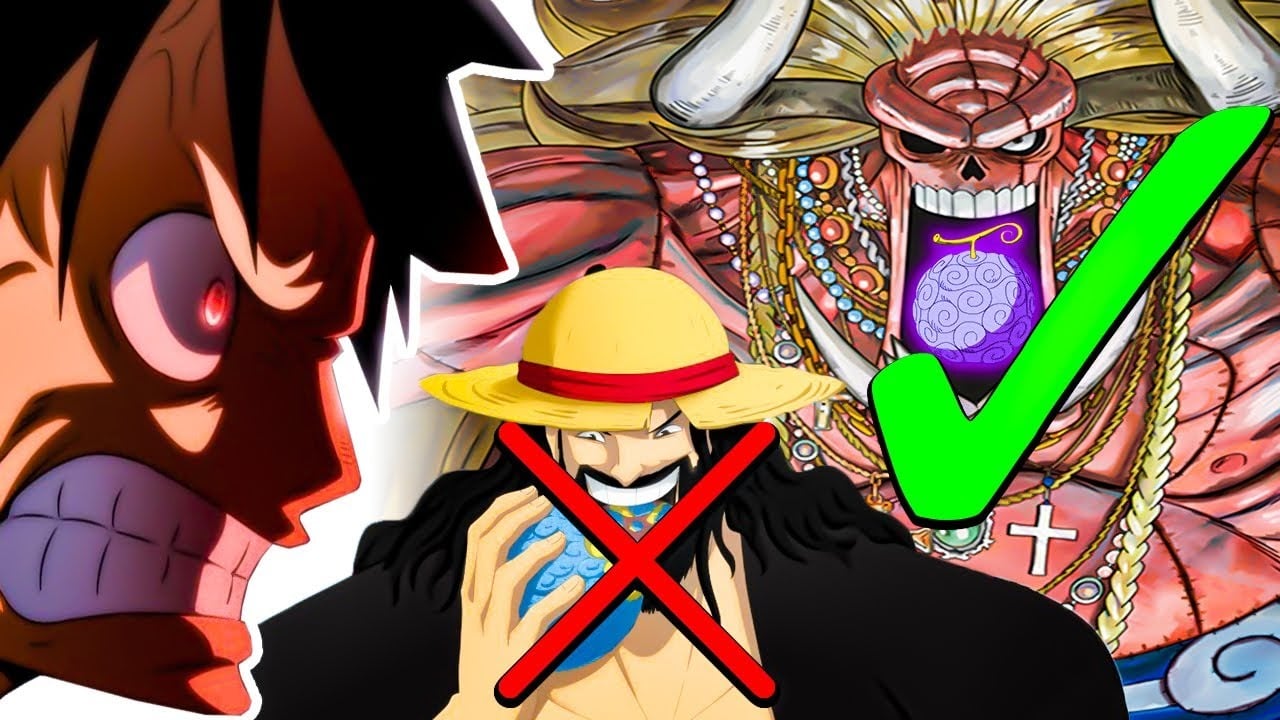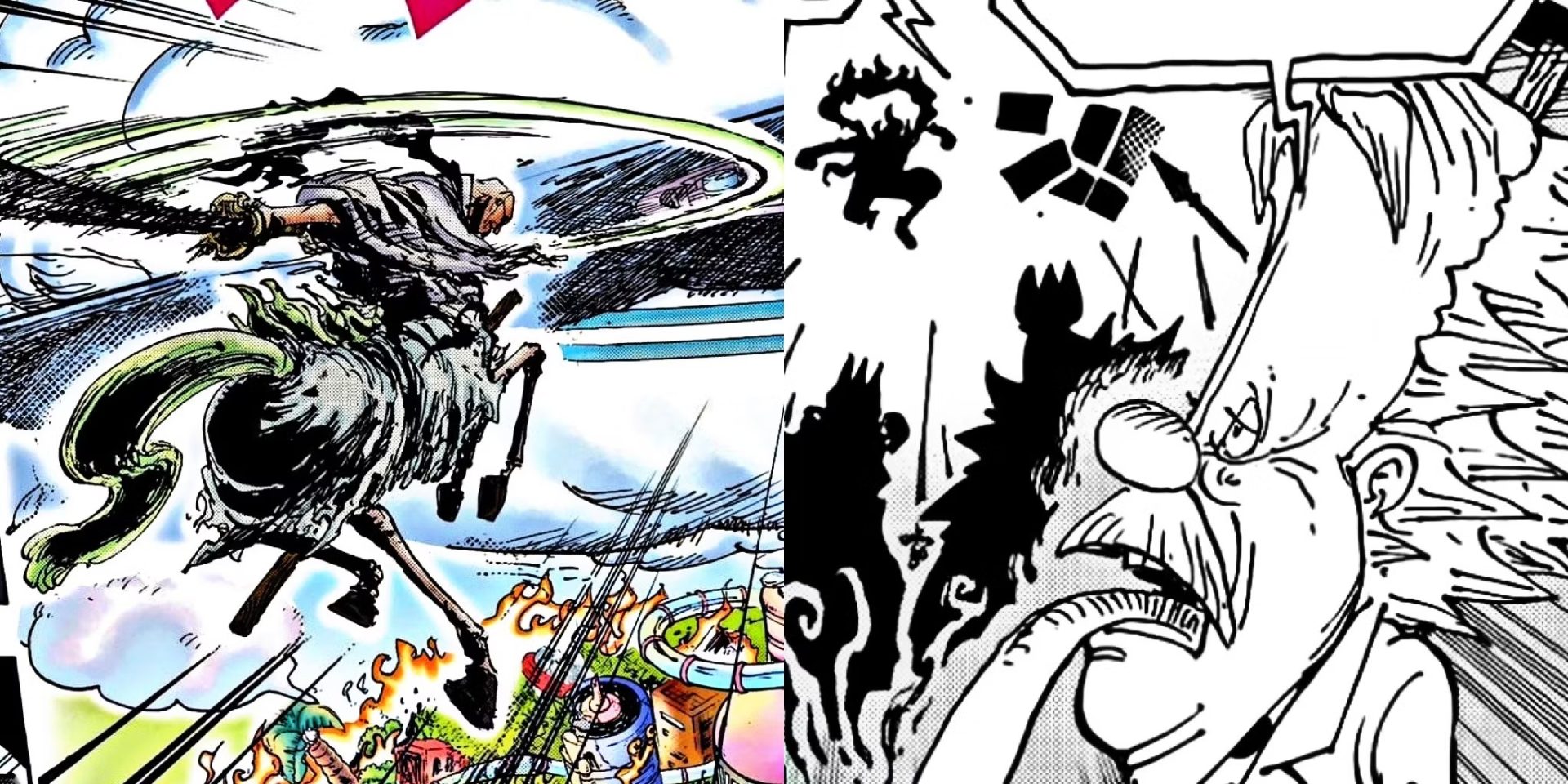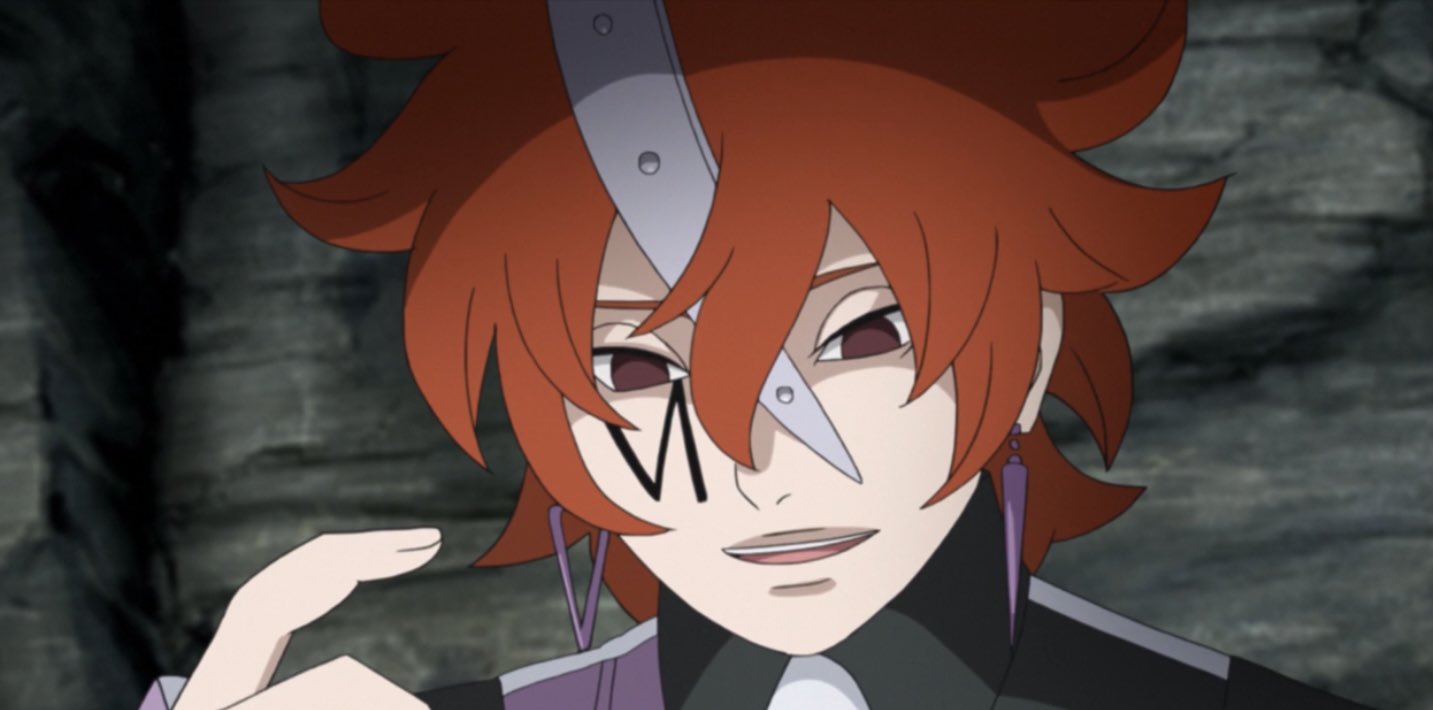 Code, the perceived lackluster villain in Boruto, appears even more disappointing when fans draw connections between his actions and Naruto’s final villain, Kaguya. Despite Kaguya’s divisive role in Naruto’s conclusion, Code’s actions in Boruto, especially in chapter #72, suggest a deeper connection and potential animosity towards Kaguya.
Code, the perceived lackluster villain in Boruto, appears even more disappointing when fans draw connections between his actions and Naruto’s final villain, Kaguya. Despite Kaguya’s divisive role in Naruto’s conclusion, Code’s actions in Boruto, especially in chapter #72, suggest a deeper connection and potential animosity towards Kaguya.
In this chapter, Code creates his own version of Obito’s White Zetsu army by breaking off smaller pieces of Kara’s Ten-Tails. This act gains significance when considering that Kaguya was the original Ten-Tails in Naruto. Fans interpret Code’s actions as a symbolic representation of his feelings towards Kaguya, extending beyond the mere creation of an army for the invasion of Konoha.
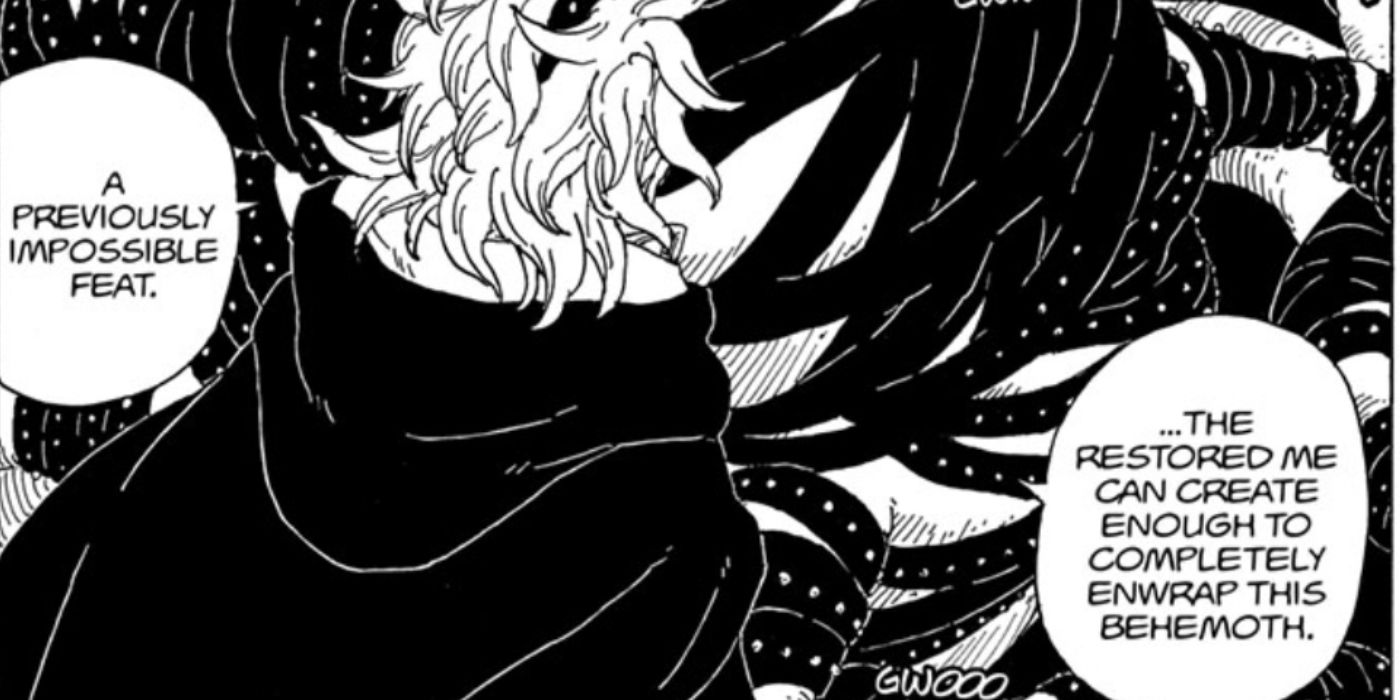
Boruto has established that Kaguya betrayed her Otsutsuki partner Isshiki, leading him to inhabit the body of Jigen. Code, who deeply reveres Isshiki, harbors hatred towards Kawaki for being chosen as Isshiki’s vessel over him. Although Code never met Kaguya, it’s implied that he is aware of her betrayal, potentially fueling his animosity towards her. As Code crushes and cuts up Kara’s Ten-Tails, fans speculate that, in his mind, he may be seeking retribution against Kaguya for betraying and nearly destroying Isshiki.

While Code’s exact motivations are not explicitly stated in Boruto, his petty and mischievous character aligns with the idea of him harboring a grudge against Kaguya. Fans generally perceive Code as a lackluster villain with a feeble personality, often facing humiliation in the series. If Code’s actions indeed represent a form of vengeance against Kaguya, it adds another layer to his character, making him appear even more absurd as a villain in the eyes of the audience.

